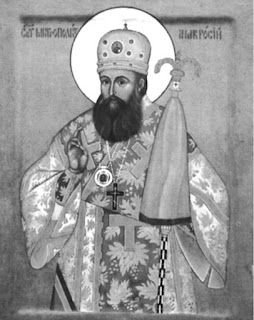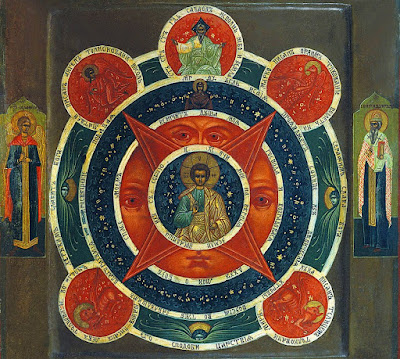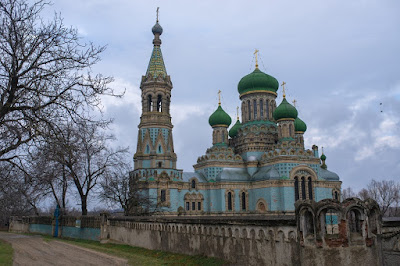This post is about the legitimacy of the Orthodox hierarchy, and the life of St. Ambrose. He was born in Maistra, then Turkey, in 1791. He attended a theological school, later becoming ordained as a priest by the local Greek Metropolitan He married in 1811, his wife dying in 1814 after giving him his son, George. He was very skilled in theology and asceticism, and so was appointed Abbot of Trinity Monastery. After being appointed Abbot of another monastery, he was appointed Protosyncellus for the Patriarchate of Constantinople, a post often given to people with spiritual gifts. Later, St. Ambrose was appointed Metropolitan of Bosnia. He left for Sarajevo, where instead of kowtowing to the Turkish authorities, he stood up for his people. His people theorized that he must be a Bulgarian, for Greek bishops usually hung out with Turkish officials and collaborated with them, smoking together. One Bosnian chronicle records: This lord was a holy man, he cared a lot about the poor.









